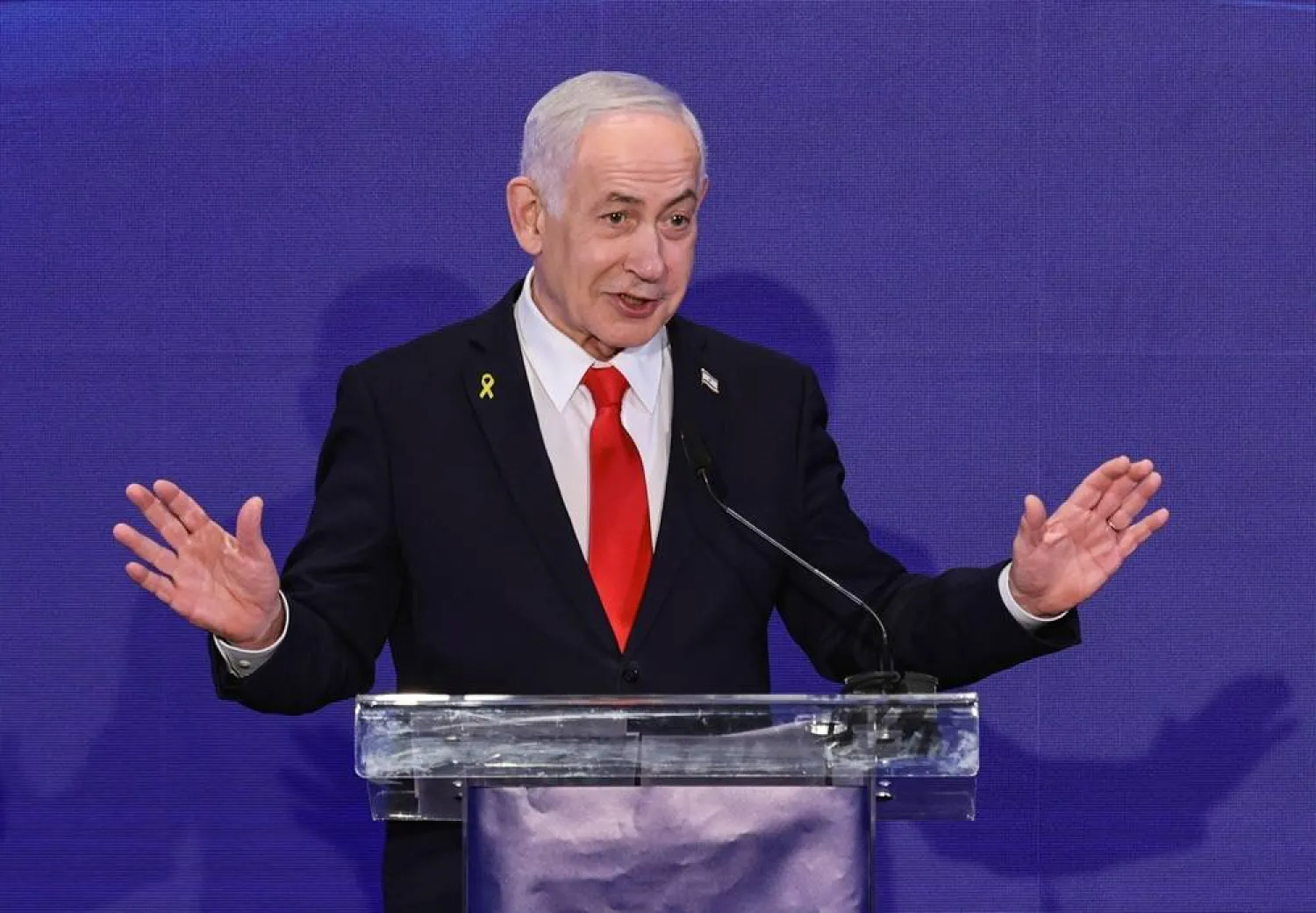Hundreds of global figures from Nobel laureates to actors have issued a joint plea urging "unstinting" support for Iranians protesting against their country's regime in defiance of a bloody crackdown.
Demonstrations erupted in September last year over the death of Mahsa Amini, 22, who had been arrested for allegedly violating the country's dress code for women.
But protests rapidly expanded into a movement calling for the ousting of the theocratic regime that has ruled Iran since the fall of the shah in 1979.
A statement issued Wednesday by US-based rights group Freedom House said the protesters' "victory would mean deliverance from a regime that denies free elections, free speech, due process of law, and personal autonomy in matters as simple as the choice of clothing".
It was signed by some 480 global figures, Freedom House said, including Nobel-Prize-winning writer Svetlana Alexievich, former US secretary of state Hillary Clinton, and actor Richard Gere.
The "end of the Islamic republic's system of misogyny would constitute a global landmark in the long march toward a world in which women are treated equally", the statement said, adding: "They (protesters) deserve unstinting support from freedom-loving people around the world."
Iranians have kept up acts of defiance in the face of a crackdown that has so far seen four men executed over the protests and at least 14,000 people arrested, according to the United Nations, while hundreds have been killed.
Iranian figures who signed the statement include some of the most prominent exiles backing the protest movement, such as US-based dissident Masih Alinejad, actor Golshifteh Farahani who lives in France, footballer Ali Karimi, and Reza Pahlavi, the son of the ousted shah.
The statement urged governments to sanction all Iranian officials involved in the repression, including supreme leader Ali Khamenei, and called for the Iranian Revolutionary Guard Corps to be proscribed as a terror group.
Officials from "democratic governments should receive leaders of the opposition, in publicly announced meetings", it added.
Freedom House president Michael Abramowitz said the statement "shows the remarkable unity of a broad coalition from around the world, across the political spectrum, and from all segments of society".
"The world stands with the Iranian people as they continue to risk their lives and well-being for their freedom."









